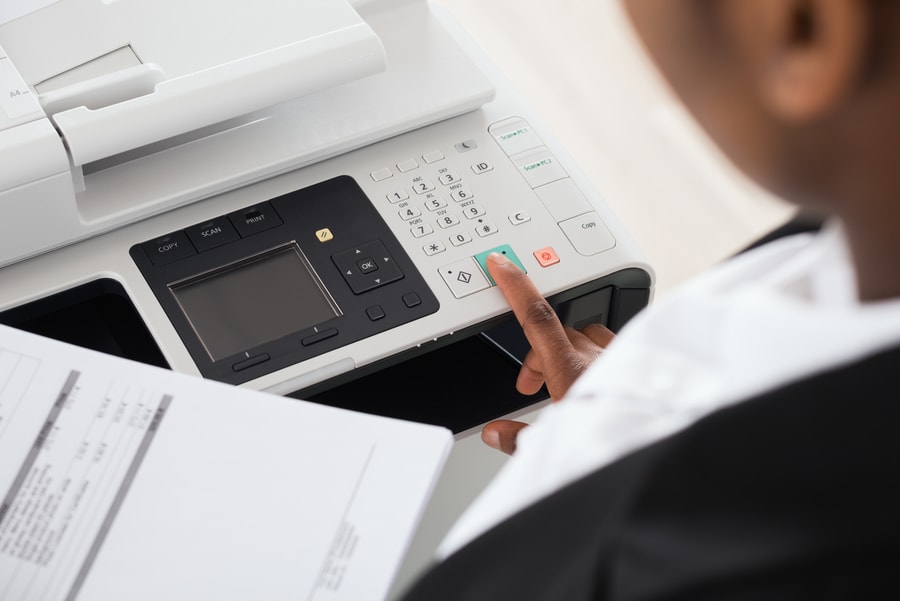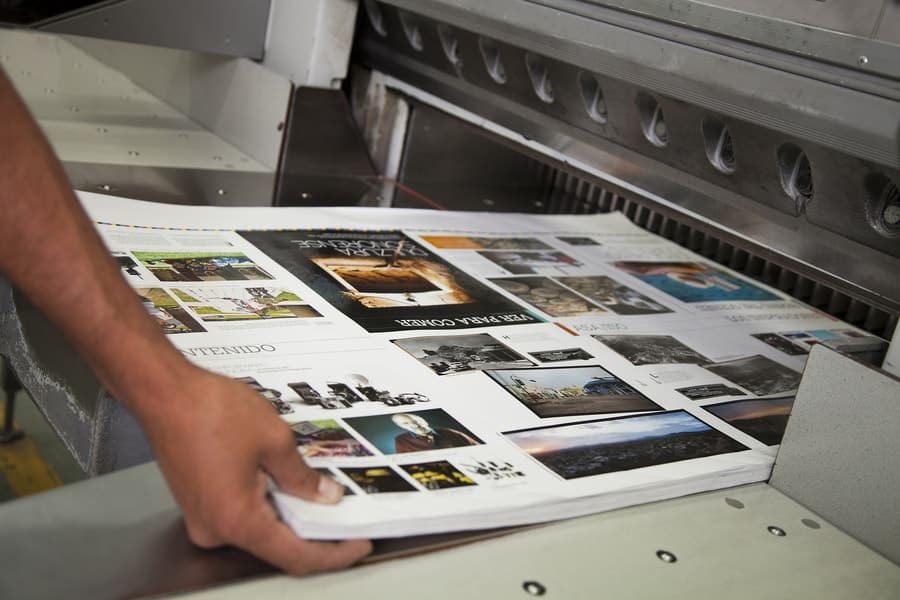What Kind of Paper to Use for Direct Mailer?
Choosing the right kind of paper for a direct mailer is vital to the success of your campaign. The choice of paper can influence the visual appeal, the words used, and the illustrations. Color and texture are also important elements of a direct mail campaign. It’s important to consider the size of your piece.
(Searching in Google “Direct Mailer Marketing“? Contact us today!)

Direct mail is used for a variety of purposes, such as announcements, product announcements, and event promotions. The most common sizes for direct mail are postcards and letters. Both are very versatile, but it’s important to know how to choose a paper that works best for your campaign.
Several factors affect paper choice, including price, thickness, and weight. If you’re looking to create a high-end piece, consider using paper with a thicker cover. It’s also important to use paper that has a high-quality, glossy finish. This finish will protect the paper and make your graphics stand out more. This type of paper is also popular for signs, photographs, and text.
Paper stocks come in a variety of different colors and thicknesses. Choosing the right paper can make your direct mail campaign stand out from the rest.
Paper stock is also a factor in color perception. Brighter colors can produce a startling effect. Cooler colors are more tranquil, while brighter colors create excitement. The color of your direct mailer should be chosen according to the tone of the piece. Color plays an important role in a direct mailer’s ability to elicit an emotional response. This is especially important for a political direct mail campaign. The goal is to make your piece stand out from the competition and stand out in a mailbox. A good color can increase mail order response by up to 20%. However, a color that is too vibrant can have a negative impact. Choosing a neutral or dull color can help ensure your direct mailer is effective.
Aside from color and thickness, paper stocks also come with different finishes and textures. For example, linen finish paper uses an advanced plastic coating that creates a subtle embossed texture. Another common paper type is metallic paper, which is commonly used as an accent for marketing materials. During production, a thin layer of foil is applied to create a reflective finish. This finish adds visual interest and complements other types of unique paper.
Another type of paper, coated paper, is coated with white clay, which helps make the paper less porous and able to absorb ink better. Using coated paper can be useful if you’re planning to include full-color photography in your piece. Using coated paper stocks also allows for smoother printing surfaces. Choosing a coated paper can help to protect your postcards, which may be subject to bending forces from the main machine.
For direct mailers with heavy ink coverage, you may also need to choose coated paper stock. The uncoated paper absorbs more ink than coated paper, which can result in dot gain and scuff marks.

